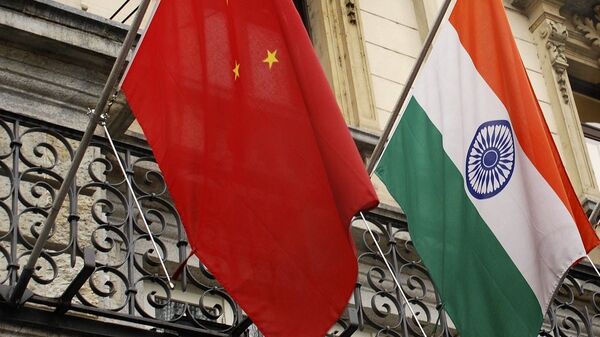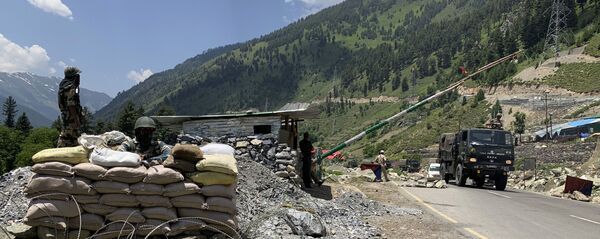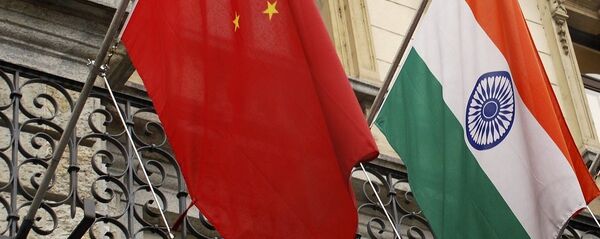Tensions have further escalated between India and China; fresh clashes erupted in Pangong Lake's Chushul Valley overnight on 29-30 August. India has accused China of attempting to alter the status quo in the Ladakh region.
Meanwhile, China's Ministry of Defence has accused Indian forces of illegally breaching the Line of Actual Control. The statement demanded that India immediately withdraw the troops that violated the Line of Actual Control, maintain order among its troops on the front line, abide by its commitments, and prevent further escalation.
Addressing the possible outcome of the confrontation between the world's two most-populous countries, Brigadier Rumel Dahiya, an Indian Army veteran and strategic expert, underlines that the status quo will only be restored in eastern Ladakh region through a physical, armed conflict.
He says: “There is bound to be a physical armed clash in Ladakh and maybe elsewhere also. It depends upon China; whether they think if they can’t get their way through in Ladakh, they should raise the temperature elsewhere. I am convinced that there has to be a clash; without the clash, the situation will not stabilise.”

Since the last week of April, Indian and Chinese troops have engaged in four clashes, none of which involved arms or ammunition; they were mostly physical attacks. Even the deadly face-off that occurred on 15 June in the Galwan Valley was fought with iron rods as well as batons wrapped in barbed wire. The two sides have accused each other of transgression but have constantly expressed a determination to disengage troops along the border via diplomatic and military level talks.
Dahiya says: “If they (Chinese) simply move back, then Chinese leadership will come under pressure internally that if they had to come back then why go there in the first place. To accept going back without anything will lead to a loss of face, which will not be acceptable to them.”
Currently, the disengagement hasn’t been completed due to the different understanding of the loosely-demarcated border, as China believes that its side of the boundary stretches to finger 4 at Pangong Lake while India claims that the Line of Actual Control passes near finger 8 and between finger 4 and finger 8; troops from both sides conduct patrols on a regular basis.
Chinese troops have entered up till finger 4 and Beijing has been claiming that disengagement has been done on its side.
Other Options for India
Over the long term, Dahiya emphasised that India needs to begin calling out China for its actions and build the ability to access areas such as the Pakistan-administered part of Kashmir,wherein its China-Pakistan Economic Corridor passes.
“It’s time for us to build our leverage further. Whatever they are doing with CPEC, particularly in Pakistan-administered Jammu and Kashmir, which includes also Gilgit Baltistan, makes an easy target in the conflict with Pakistan. We must develop the ability to interdict it."
“We should not hesitate from naming and shaming them over human rights violations in Xinjiang area. We must openly call for the Dalai Lama to attend the meeting; we should be much friendlier with Taiwan very quickly and strongly,” Dahiya says.





